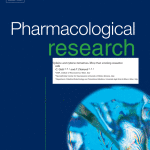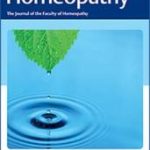Ultra low doses and biological amplification: Approaching Avogadro’s number

This paper describes evidence establishing that ultra-low doses of diverse chemical agents at concentrations from 10−18 to 10−24 M (e.g., approaching and/or less than 1 atom or molecule of a substance/cell based on Avogadro’s constant – 6.022×1023/mole) are capable of engaging receptor and intracellular signaling systems to elicit reproducible effects in a variety of species, from unicellular organisms to humans. Multiple experimental studies have shown that only one or very few molecules are needed to activate a cell and/or entire organism via cascade(s) of amplification mechanisms and processes. For example, ultra-low dose ligand exposure was able to activate both an individual cell, and ~3000 to 25,000 neighboring cells on average, by about 50%. Such activation of cells and whole organisms typically displayed hormetic-biphasic dose responses. These findings indicate that numerous, diverse phylogenetic systems have evolved highly sensitive detection and signaling mechanisms to enhance survival functions, such as defense against infectious agents, responses to diverse types of pheromone communications (e.g., alarm, sexual attraction), and development of several types of cellular protection/resilience processes. This suggests that ultra-low dose effects may be far more common than have been recognized to date. We posit that such findings have important implications for evolutionary theory, ecological and systems biology, and clinical medicine.






Lascia un commento
Devi essere connesso per inviare un commento.